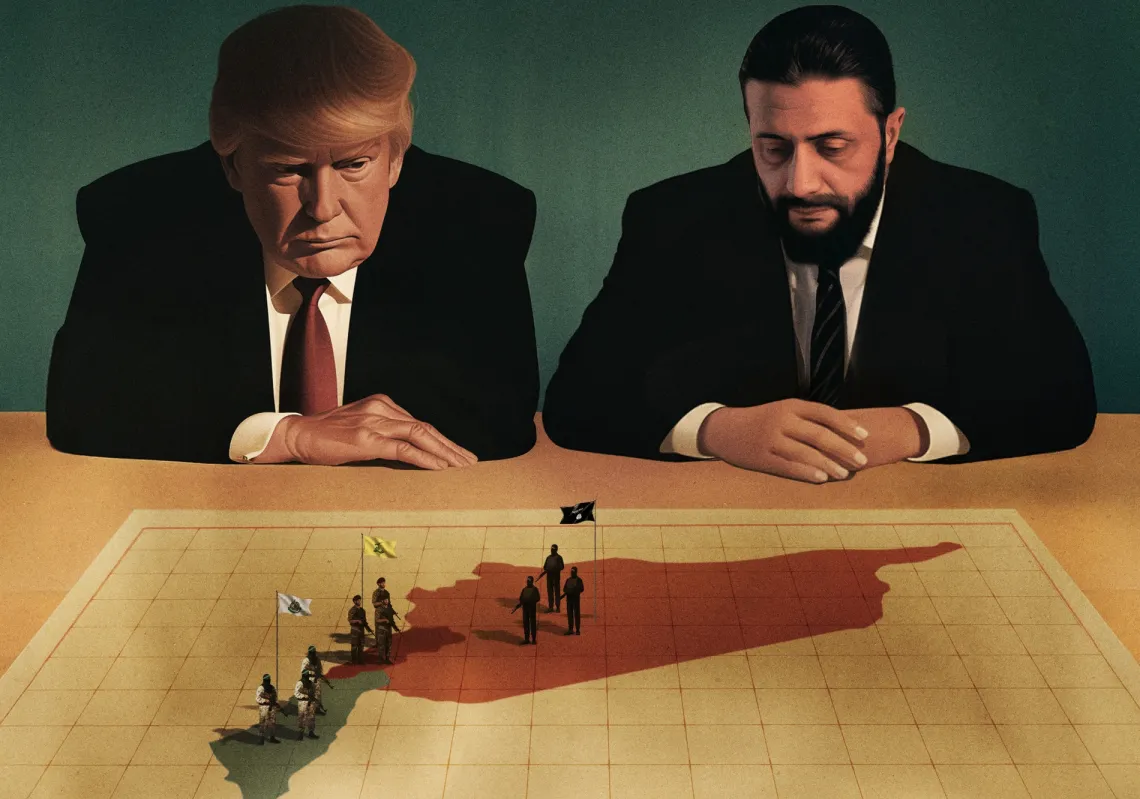 Phea, mother of God, riding her lions to fight with the Giants in a reconstruction of the Zeus Altar from Pergamum, now in modern day Turkey. James Whitmore//Time Life Pictures/Getty Images[/caption]
Phea, mother of God, riding her lions to fight with the Giants in a reconstruction of the Zeus Altar from Pergamum, now in modern day Turkey. James Whitmore//Time Life Pictures/Getty Images[/caption]
There was an article by George Monbiot in The Guardian last week about sightings of mysterious big cats in Britain: the elusive 'Beast of Bodmin' that was blamed in the 1990s for attacks on livestock in Cornwall, or the 'Pembrokeshire Panther' that dozens of people claim to have seen skulking around southwest Wales in the last five years. Monbiot asks why it is that the number of sightings has increased exponentially in recent decades, from a few dozen a year thirty years ago to roughly forty sightings per week today.
In Turkey, the opposite is true. Until the 20th century, Turkey had probably the most impressive assemblage of big cats of any temperate region in the world. There were Persian lions, Caspian tigers, Asiatic cheetahs, leopards, lynx and caracal; you could find pretty much everything you wanted in the forested mountains that surround the steppes of Anatolia.
And big cats have very much stamped their mark on the history of the region. At Çatalhöyük, a 9000-year-old town at the southern edge of the Central Anatolian plateau that is considered one of the most sophisticated Neolithic sites ever excavated, archaeologists found murals and sculptures of leopards in almost every house, as if the inhabitants felt the need to ward off the wildness outside the mud walls of the settlement with domestic totems. The great cities of the Bronze Age civilizations that rose and fell in the region—Mycenae in the Peloponnese, Hattusa, the capital of the Hittite Empire—all have their lion gates. If you climb up near the summits of the Taurus Mountains, not that far from Çatalhöyük, you can still find the half-buried stone traps the Romans built to catch big cats for their arenas.
Lions were wiped out in the 19th century; the last tigers were shot by hunters in southeast Turkey in the last decades of the 20th century. As for leopards, I have met a man who helped to hunt down and shoot what was believed to be the last in Anatolia.
In his seventies now, Reşat Yılmaz lives in a small village about two hours west of Ankara, at the point at which the forests of Black Pine that clothe the inner edge of the coastal mountains peter out into dry savanna. Bağözü is a very pretty place. Each house—cut from local wood—has been built and decorated according to the taste of its inhabitants. Narrow staircases lead up to magnificently carpentered terraces where families eat their meals in summer. It must be a dream place for children. But the village is also quite poor. The land around has been severely eroded, probably due to deforestation, and the fields belonging to villagers are now quite some way away.
This is where Reşat Yılmaz's story starts. It is 1974. It must be summer, because one of the village women has just set off down the track leading to the fields to see how her crop of artichokes is coming along. On the way down, the track leads through thick undergrowth—and that is where the leopard pounces. It leaps on her back and tries to grab her by the scruff of her neck. Somehow, she manages to fight it off. Screaming, she begins stumbling back up towards the village. Alarmed, the leopard flees back into the forest.
The men of the village are seasoned hunters who know that wild animals venturing into the area have only one real escape route, through a narrow cleft in the long, forested ridge that lies about a mile behind the houses. The best shot among them posts himself there, while the others form a line and beginning beating up towards the ridge. At dusk, the leopard makes its break for freedom, but Yılmaz's friend is there waiting. "It took him eight bullets to bring the beast down, the last one at point-blank range," he says. "When I reached him, he was stroking the dead beast's head, petrified. Neither of us knew what it was."
[caption id="attachment_55241995" align="alignright" width="225"]
 Reşat Yılmaz (L) and the son of Ahmet Caliskan, the man who shot 'the last Anatolian leopard,' holding photos of the dead beast.[/caption]
Reşat Yılmaz (L) and the son of Ahmet Caliskan, the man who shot 'the last Anatolian leopard,' holding photos of the dead beast.[/caption]
The Bağözü leopard brought minor celebrity to the village. Newsmen drove across from Ankara to photograph it as it lay like a half-rolled carpet in the village square. Briefly, the hunters were heroes, but Reşat Yılmaz says his friend regretted shooting the beast for the rest of his life. I do not think he is just appealing to the woolly liberal sentiments of his Western visitor: "Such a huge beast it was," he says. "Such a grand beast."
Except that, perhaps, it was not the last leopard in Anatolia after all. In 2001, a leading Turkish conservation biologist came across two wild boar kills in the Taurus Mountains that he says were almost certainly the work of a leopard. In 2003, a colleague of his photographed the pelt of a leopard a hunter had shot near Lake Van, in Turkey's mountainous southeast. For years, conservationists working in the mountains that run along the southeastern edge of the Black Sea have been gathering evidence that leopards that were once common in the region still live there. Then, in 2004, researchers in Georgia, just next door, finally succeeded in photographing a leopard, further calling into question the assumption that the species had long disappeared from the region.
No proof has ever been found of the existence of the British big cats—the Beast of Bodmin, the Pembrokeshire Panther or the rest of them. George Monbiot writes that their existence probably meets an unmet need, hinting by their wildness "at an unexpected wish for lives wilder and fiercer than those we now lead." In Turkey, that wildness may still just be clinging on.









